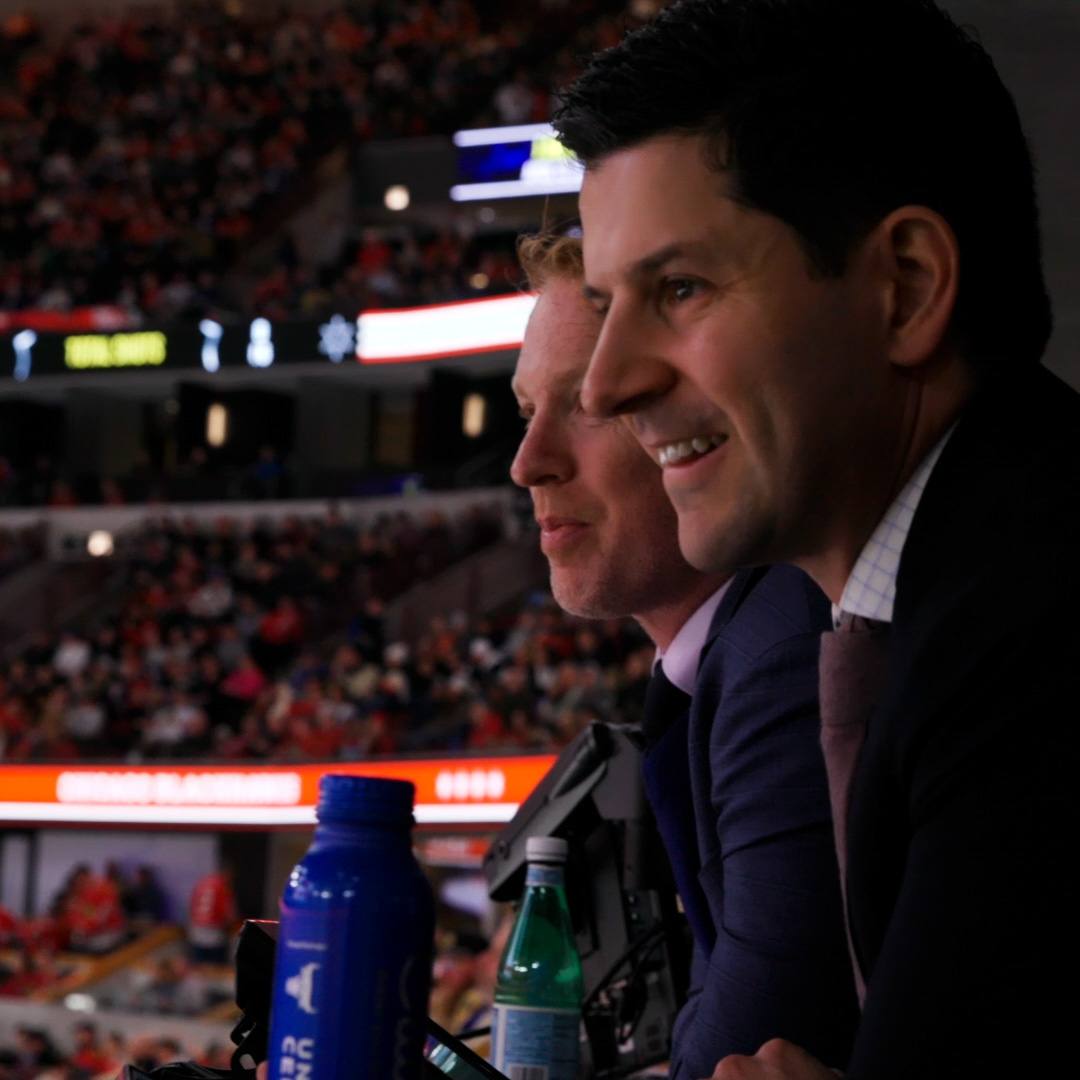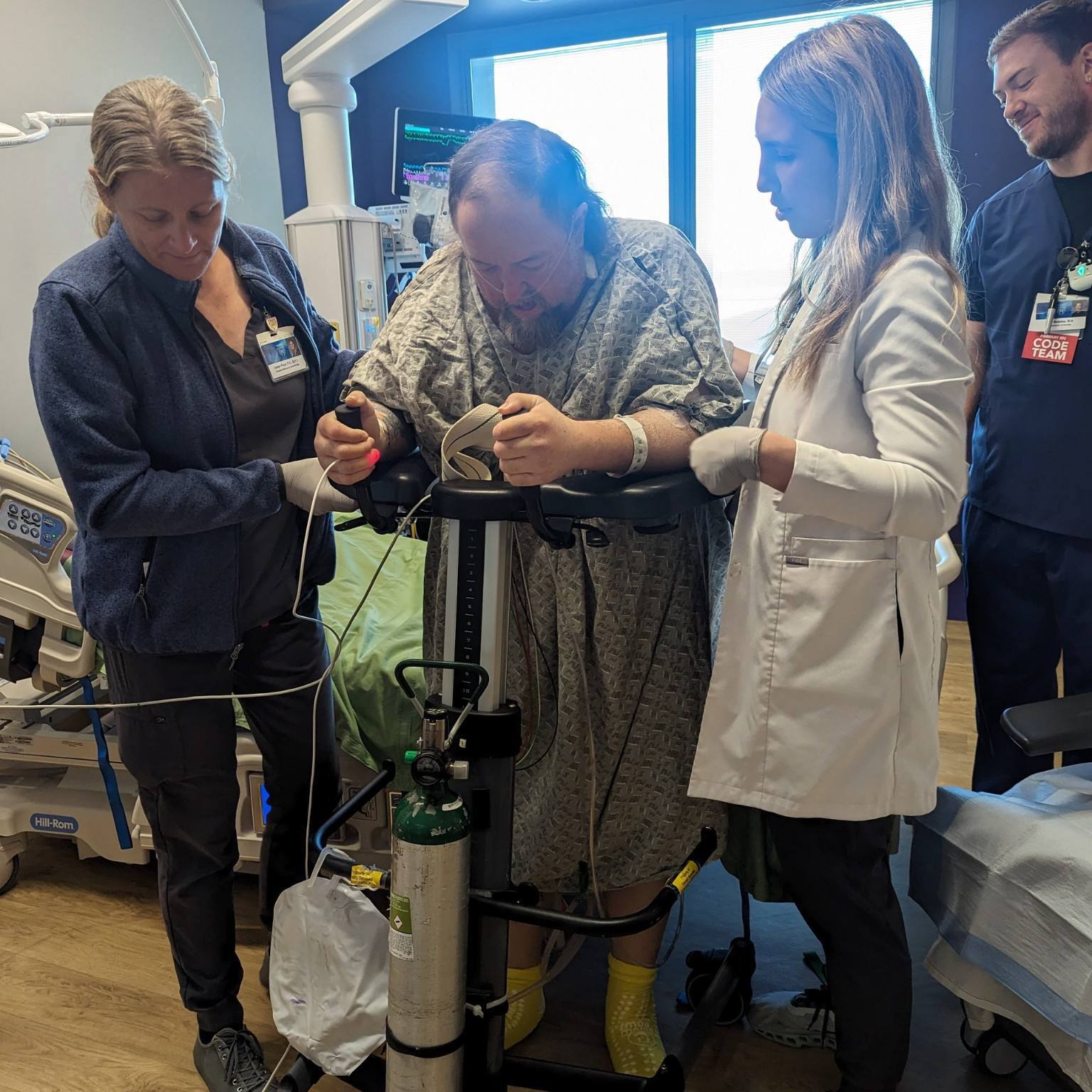Teamwork and careful planning allowed for successful surgery to treat a congenital heart defect in an infant who, for religious reasons, could not receive blood transfusions or blood products.
When RaeLynn Gehrke was born in December 2016 with a complex heart condition called tetralogy of Fallot, her parents knew they were up against a difficult situation.
The family, who live in Bemidji, Minnesota, learned that an operation was required to correct the malformations caused by RaeLynn's condition. However, as Jehovah's Witnesses whose faith prevents them from receiving blood transfusions, her parents knew that the standard of care for most patients would not be acceptable for RaeLynn.
Recognizing the family's concerns and the complex circumstance it put them in, the pediatric cardiologist treating RaeLynn in Fargo, North Dakota, connected them with Mayo Clinic cardiovascular surgeon Sameh Said, M.D. Following months of careful planning and a coordinated effort among a team of clinicians, on July 17, 2017, the infant was able to undergo open-heart surgery at Mayo Clinic's Rochester campus using a procedure that was in line with the family's beliefs.
"It was really an example of an extraordinary team effort," Dr. Said says of the successful surgery — the first of its kind in a pediatric patient at Mayo Clinic.
The teamwork RaeLynn's parents saw in action and the communication among the team members assured them their daughter would receive the highest caliber of care.
"They realized our fears going into it," says RaeLynn's mother, Summar Gehrke. "We knew how confident and determined they were to not only get the procedure done safely but without any blood."
Perfecting the plan
When Dr. Said received the request to consult on RaeLynn's case, his first thought was that the operation was technically possible, but it would take careful planning.
"How can we do it and keep the results excellent and make sure the child is safe?" Dr. Said says. "We thought if we had the right team and preparation, we'd be able to do the operation with minimal risks."
Dr. Said assembled a team of specialists that included Caitlin Blau, in cardiac perfusion, Paul Stensrud, M.D., in cardio-thoracic anesthesia, nurse practitioner Corissa Hebb, Grace Arteaga. M.D., in pediatric critical care, and medical secretary Rachel Johnson. The group's focus became devising a surgical strategy for RaeLynn, the team's most important player.
"Cardiac surgery is really a team sport," says Dr. Stensrud. "We normally work in teams and sometimes teams of teams, depending on what we need to do. This was focused on the cardiac surgical team, but there was a lot more communication than usual."
"We thought if we had the right team and preparation, we'd be able to do the operation with minimal risks." — Sameh Said, M.D.
Babies who require open-heart surgery and are placed on cardiopulmonary bypass — sometimes called the heart-lung machine — receive blood products during surgery. Blood is added to the heart-lung machine to maintain hemoglobin levels and decrease the hemodilution that can result from the machine, especially in babies, due to their small blood volume.
People who have heart surgery also are often given blood transfusions to counteract the blood lost during the operation and the blood draws required for laboratory measurements used to guide therapy during and after the operation.
"We had to modify every single step during that time," Dr. Said says.
Devising a surgical plan that wouldn't involve blood products or transfusions began with determining what was acceptable to RaeLynn's parents.
"The parents were very knowledgeable and were very specific," Dr. Said says. "Her mom asked me to basically write the protocol exactly how we were going to do this case. So we did that and emailed her. That was even before we met face-to-face."
In addition to sending RaeLynn's parents details of the surgical protocol, several phone calls were made between Dr. Said, and Summar and Frank Gehrke, RaeLynn's father. That measure further increased RaeLynn's parents' confidence in her Mayo Clinic physicians.
Redefining open-heart surgery
 Months before the surgery date, the plan was put in motion. It started with RaeLynn taking iron supplements and the hemoglobin-enhancing medicine erythropoietin. Those measures helped the baby's bone marrow produce high levels of red blood cells, which meant that she had more blood than typical patients going into the surgery.
Months before the surgery date, the plan was put in motion. It started with RaeLynn taking iron supplements and the hemoglobin-enhancing medicine erythropoietin. Those measures helped the baby's bone marrow produce high levels of red blood cells, which meant that she had more blood than typical patients going into the surgery.
Perfusionist Caitlin Blau, who was responsible for operating the heart-lung machine during the surgery, used a formula that determined how low RaeLynn's hemoglobin would fall if no blood was used, and then calculated what her starting value had to be to sustain life.
"We found that in order to do the procedure, we needed a hemoglobin between 15 and 16," Blau says.
The day of the surgery, RaeLynn's hemoglobin was in that range at 16 grams/deciliter (g/dL). But her hemoglobin level wasn't the only hurdle the team had to handle.
"For newborns and infants, it's the norm to prime the machine with someone else's blood, so that made this case particularly challenging," Blau says.
Instead of blood, a crystalloid solution was used to fill the machine's tubing and reservoir. The heart-lung machine itself was also modified with smaller tubing and was positioned close to RaeLynn to make the tubing as short as possible. These changes minimized the volume of blood moving out of RaeLynn, into the machine, and then back into her body.
"For newborns and infants, it's the norm to prime the machine with someone else's blood, so that made this case particularly challenging." — Caitlin Blau
"Another critical discussion revolved around the blood we normally draw for certain labs throughout the case. We decided as a team the minimum amount we could do, the better," Blau says. "I drew less than I normally would, while still safely monitoring RaeLynn's lab values."
When the procedure was over and the surgery successfully completed, RaeLynn's hemoglobin count was 12 g/dL — higher than the 10 g/dL she had before she was given the iron and erythropoietin supplements prior to surgery.
Envisioning a better standard of care
Even with all of the preparations, RaeLynn's parents were ready to face complications.
"We were prepared for something to go wrong. So when everything went so well, we were so relieved and so happy," Summar says.
Just two days after having her chest opened and her malformations corrected, the baby was happy and smiling. At RaeLynn's two-week post-operative visit, her doctors declared that "her ticker was working great," Summar says.
"We are so thankful for the care taken by the whole team. Her doctors and all of her nurses took such good care of our little girl and stayed so respectful of our beliefs," Summar says. "They had such great communication with us from the beginning to the end of the entire process."
Franks says that since her operation, RaeLynn has grown tremendously. She's become stronger, has more energy, and her personality has blossomed.
"We are so thankful for the care taken by the whole team. Her doctors and all of her nurses took such good care of our little girl and stayed so respectful of our beliefs." — Summar Gehrke
The experience has not only enabled RaeLynn's development but has advanced her physicians' knowledge about this kind of unique surgery.
"Transfusions can be lifesaving, but transfusions are not without risks," says Dr. Stensrud. "This was a learning experience because we can adapt everything we did here."
Indeed, the future of neonatal and infant cardiac surgery may look much like the example set by RaeLynn's surgery, adds Blau.
"This case really highlights the fact that we can do this," she says.
HELPFUL LINKS
- Learn more about Cardiovascular Surgery at Mayo Clinic.
- Read about the Department of Cardiovascular Medicine.
- Explore Mayo Clinic.
- Request an appointment.
Related Articles








